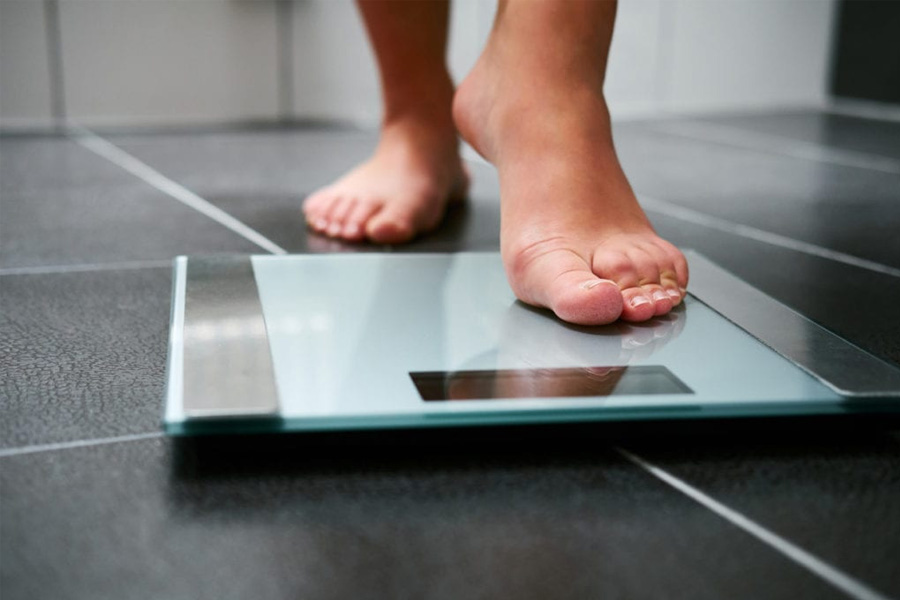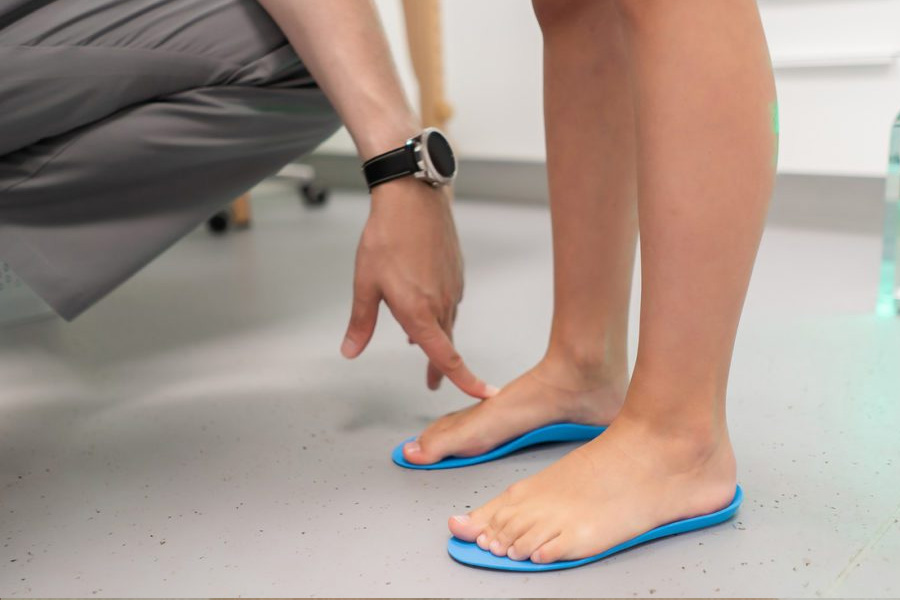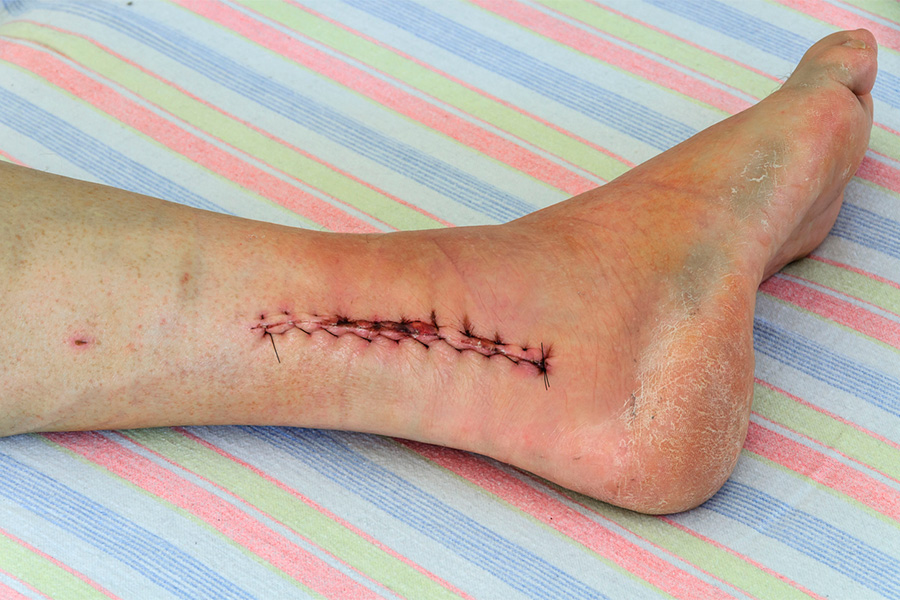If you have pain in the lower leg that is primarily isolated along the shinbone (tibia), a doctor may diagnose you with having shin splints. The pain occurs between the knee and ankle in the front of the leg, and it is caused by excessive physical stress and pressure – usually from heavy running or dancing.
The constant pounding from running or jogging can cause the muscles, tendons, and bone in the lower leg to become inflamed. The condition is medically called medial tibial stress syndrome, commonly known as shin splints.
Because the pain is similar to the pain caused by other conditions, it’s important to get a proper diagnosis and correct treatment that will work.
How Can I Avoid Getting Shin Splints?
There are a number of ways in which you can prevent developing shin splints while you run and exercise, including the following:
Get a Podiatrist’s Evaluation
If you are an athlete or a runner and you believe you are developing shin splints, it’s best to change how you exercise or run. Your podiatrist can help evaluate your running position and recommend ways to run differently.
Use the Ball of Your Foot
The most effective method for avoiding shin splints is by employing proper positioning of the legs and feet while running. Runners who just run on their toes are more likely to experience shin splints.
Runners should land on the middle part of the foot – the ball of the foot – before rolling forward to the toes while running or jogging. Proper running involves the whole foot.
Change Running Frequency or Distance
Altering your running habits will be helpful. It is a good idea to start running for shorter distances or, if you prefer longer distances, run every other day. You may build up distance over time, but take it slow.
Don’t Run Through the Pain
Stop running when pain occurs, and do not run again until the pain is abated. Running with shin splints will exacerbate the condition and could cause permanent damage to your body.
Wear the Right Footwear
Proper footwear is also essential for avoiding shin splints. Extreme pressure when exercising can result in fallen arches, which causes painful shin splints.
Shoes that fit well, especially supporting the instep, are crucial. Insoles are also helpful. Speak with your podiatrist regarding the type of orthotics you might use.
Treatments Your Doctor May Suggest
Your doctor may tell you to rest and use ice therapy on the painful area. The body needs time to rest and heal.
Icing the shin will decrease inflammation and also help to alleviate pain. Periodic icing may be required for several days before the pain subsides.
Be careful not to give yourself frostbite: Use a cloth between the ice and your skin, and move the ice around your leg area. Never let ice sit on the skin.
Over-the-counter pain medication can greatly help provide relief. Like ice, the medication eases pain by reducing inflammation.
Foot Doctors in Cincinnati, Ohio
Do not ignore leg pain. For more information about treating foot pain and leg pain, schedule an appointment online now with Cincinnati Foot & Ankle Care, or call us at one of our many locations throughout the Cincinnati area. We look forward to helping you feel better again.





